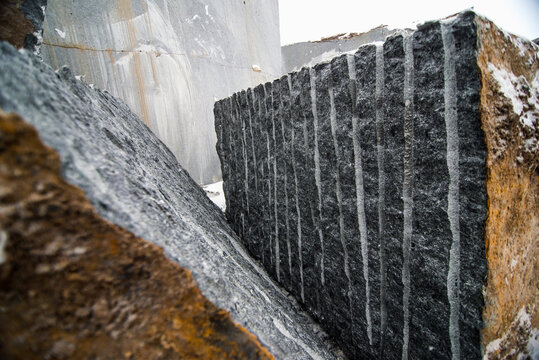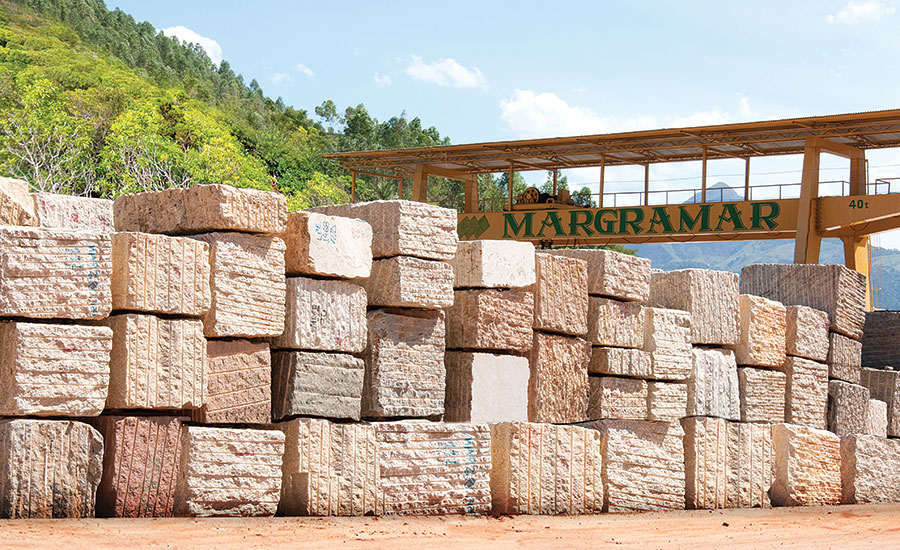A Trip With Granite Quarries in South Africa: Unveiling Nature's Artistry
A Trip With Granite Quarries in South Africa: Unveiling Nature's Artistry
Blog Article
Unveiling the Mysteries of Granite Quarrying: Where Toughness and Elegance Meet
The globe of granite quarrying is a realm where the raw stamina of nature converges with human creativity to produce frameworks that stand the test of time with an air of elegance. From the depths of quarries to the precise polishing in workshops, the process of changing granite right into architectural marvels is a complicated dancing of custom and development. As we peer right into the midsts of this old craft, we begin to uncover the covert complexities that shape the really significance of our built setting.
The Beginnings of Granite Quarrying
In the record of building background, the origins of granite quarrying are shrouded in a tapestry of ancient workmanship and geological marvels. Going back to ancient Egypt and Mesopotamia, the extraction of granite from quarries marked the start of a journey that would ultimately cause the production of a few of the globe's most renowned structures.
Granite quarrying's origins can be mapped to the experienced craftsmens who acknowledged the stone's toughness and visual appeal. With a combination of primitive tools and large decision, these very early quarry employees unearthed granite blocks that would certainly end up being the foundation of human beings.
As worlds evolved, so did the strategies of quarrying granite. The Romans, renowned for their engineering expertise, developed advanced methods for extracting granite to create monuments, temples, and roads that stood the examination of time.
The heritage of these old quarrying techniques remains to form modern-day design, with granite staying an icon of strength and sophistication in building jobs around the world. (granite quarries in south africa)
Tools of the Quarrying Profession
The development of granite quarrying strategies from old people to modern-day times highlights the essential duty played by the tools of the quarrying profession in forming the sector's techniques. In ancient times, quarrying devices were fundamental, usually containing chisels, hammers, and wedges made from products like bronze or iron. These devices called for substantial manpower and time to remove granite blocks from quarries.

Additionally, the intro of pneumatically-driven devices and high-powered equipment has actually considerably reduced the physical labor called for in quarrying procedures, boosting worker safety and efficiency. As the quarrying market remains to introduce, the devices of the trade remain at the forefront of driving progression and shaping the future of granite removal.
Drawing Out Blocks of Granite
Making use of accuracy machinery and progressed techniques, the removal of granite obstructs from quarries has come to be an innovative procedure in the contemporary quarrying sector. The first step involves recognizing the location and size of the granite deposit to establish one of the most efficient extraction technique. As soon as an ideal website is selected, the removal process starts with the exploration of openings for the positioning of explosives. Managed blasting strategies are then employed to disintegrate the granite right into convenient areas.

Polishing and Completing Techniques
To accomplish a remarkable surface area on granite blocks, proficient artisans utilize a collection of careful polishing and ending up techniques. After the preliminary removal and forming processes, the granite obstructs undertake a thorough polishing stage to enhance their all-natural elegance and sturdiness.
Along with sprucing up, completing strategies are put on additional improve the granite's appearance. These techniques might go to my blog consist of flaming, honing, or cleaning, each offering one-of-a-kind textures and surfaces to suit different aesthetic choices. Flaming, for example, involves subjecting the granite surface area to high temperatures to produce a harsh, textured surface, ideal for outside applications where slip-resistance is vital. Honing, on the other hand, provides a matte coating that is smooth to the touch, perfect for indoor countertops and flooring. By meticulously choosing and using these brightening and ending up strategies, artisans can change raw granite blocks into beautiful pieces that display both toughness and beauty.

Environmental Influence and Sustainability
With the growing focus on ecological consciousness in the industry, granite quarrying techniques are significantly looked at for their impact on all-natural resources and long-term sustainability. Furthermore, the transport of granite from quarries to processing facilities produces carbon emissions, further contributing to environmental deterioration.
To mitigate these influences and make sure sustainability in granite quarrying, sector stakeholders are embracing numerous procedures. Executing innovative innovations to minimize power intake and water use, reclaiming quarried land for ecological remediation, and promoting liable sourcing practices are some approaches being utilized. Certifications such as the Forest Stewardship Council (FSC) and the Management in Energy and Environmental Layout (LEED) assistance customers determine ecologically pleasant granite products.
Verdict
Finally, granite quarrying is a process that calls for specialized devices and techniques to extract blocks of granite and polish them to a high level of finish. While the environmental impact of quarrying can be substantial, efforts are being made to boost sustainability methods in the industry. Overall, granite quarrying is a delicate equilibrium between using the stamina and style of this all-natural stone while minimizing its effect on the atmosphere.
Report this page